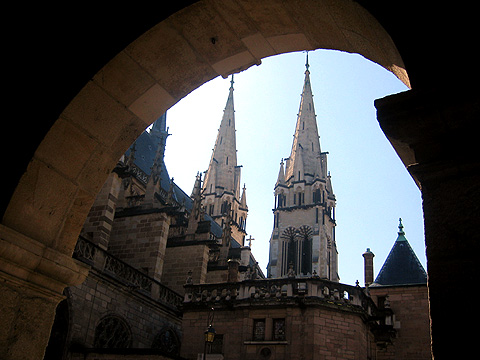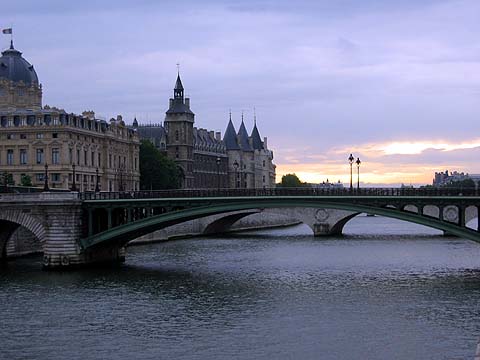Victor Hugo: My Teenage Travel Guide
Hi, Dylan the Co-Founder of the Atlas here. I wanted to introduce a new member of our Atlas Team, Allison C. Meier. Allison is a fantastic writer, spent a year living in France, and has a huge crush on Victor Hugo, as well as many other literary figures. She is going to be blogging about travel through the lens of literature and is basically just really awesome. Without further ado!

Before I discovered the world as a traveler, I witnessed it through books. Growing up, I spent many boiling Oklahoma summers reading through books picked at random from the library and my parents’ shelves, letting the words take me away from the land of creaking oil derricks and tall grass prairies. One of the writers whose stories captivated me was Victor Hugo, whose romantic sweeping novels filled with fate and misery especially appealed to my teenaged angst.
Hugo’s 1831 novel Notre-Dame de Paris (The Hunchback of Notre-Dame) was where he first showcased the city, his greatest muse. Hugo mainly wrote the book over six months in 1830 when he shut himself in the study of his upper-floor apartment on the Rue Jean-Goujon, only leaving for nighttime visits to his novel’s central character: the Cathédrale Notre-Dame de Paris…
Years of neglect and the destruction brought by the French Revolution had left the once regal church with missing art and decapitated statues. It was with memories of the novel that I first looked up at the “vast symphony of stone.” As I climbed the spiral staircase to the top of the cathedral, I thought of the fictional Archdeacon Claude Frollo trying to create gold with his alchemy behind the closed doors and imagined Hugo scaling those same steps and finding his novel’s inspiration in the word “ananke,” fate personified in Greek mythology, cut among the hundreds of years of carved graffiti.
While Notre-Dame de Paris has the cathedral as its main character, its architecture described with as much care as the deformities of Quasimodo, it’s Hugo’s 1862 Les Misérables that scatters over all of Paris. In each of my visits, I’ve found myself overlaying the words of Les Misérables as a screen through which I see the city. When I walked in winter in the Cimetière du Père-Lachaise, I imagined that one of the worn, unmarked stones brushed with snow was Jean Valjean’s grave. Looking down at the Seine from the Pont au Change, I visualized Javert jumping to his death from the nearby embankment into the dark waters

When Hugo died in 1885, his death enveloped the city in its shroud. Over 2 million people attended his funeral, from the time he lay in state beneath the Arc de Triomphe at to his interment in the Pantheon, an honor reserved for the most revered French citizens. Quasimodo may have starved to death while cradling poor La Esmeralda with her broken neck and Jean Valjean may have had pencil writing to wear away for his epitaph, but Victor Hugo became a part of Paris.
After spending time abroad in France while a college student and later as an English teacher, I’m now living in Brooklyn and still letting literature guide my travels. I’ll be making blog posts here about the curious and beautiful places literature, and travel inspired by it, have taken me.





Follow us on Twitter to get the latest on the world's hidden wonders.
Like us on Facebook to get the latest on the world's hidden wonders.
Follow us on Twitter Like us on Facebook